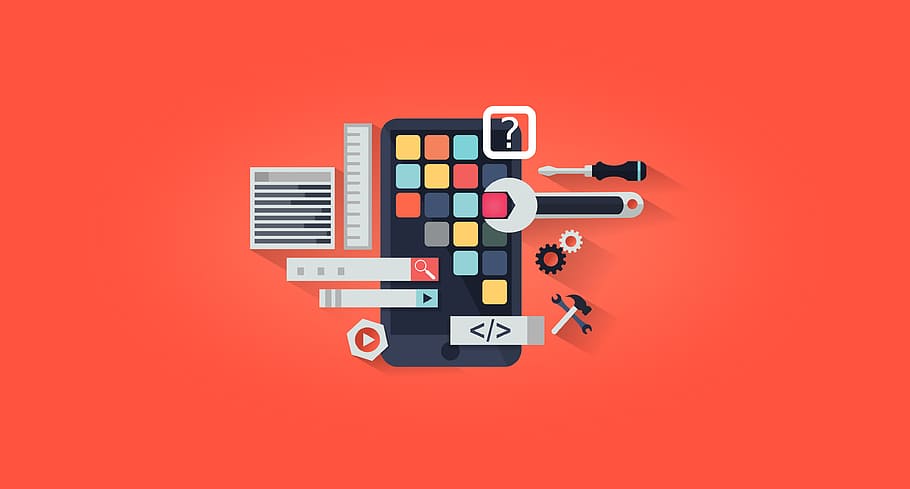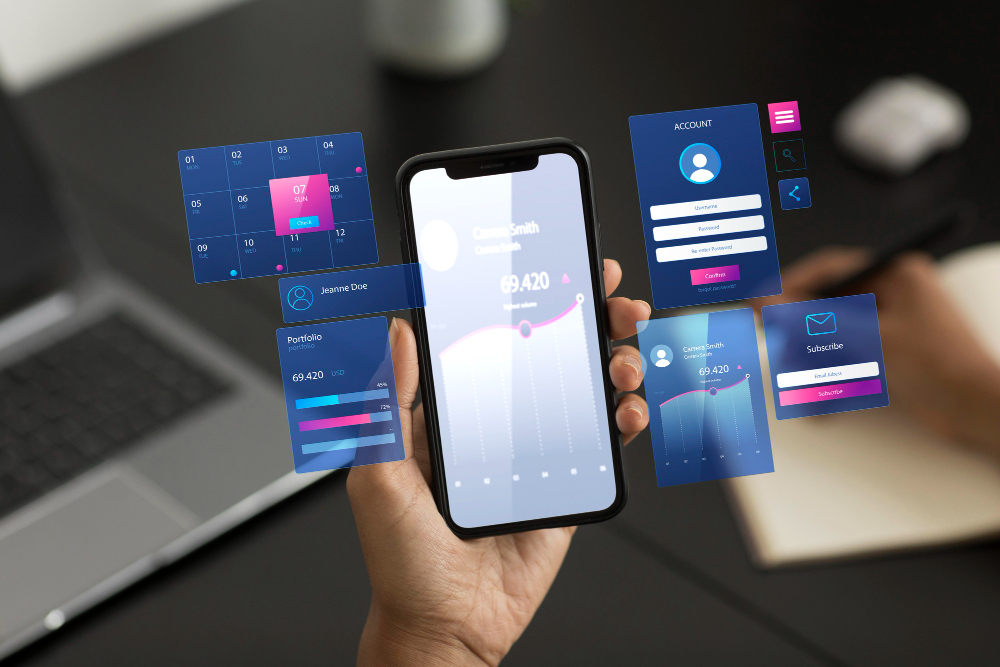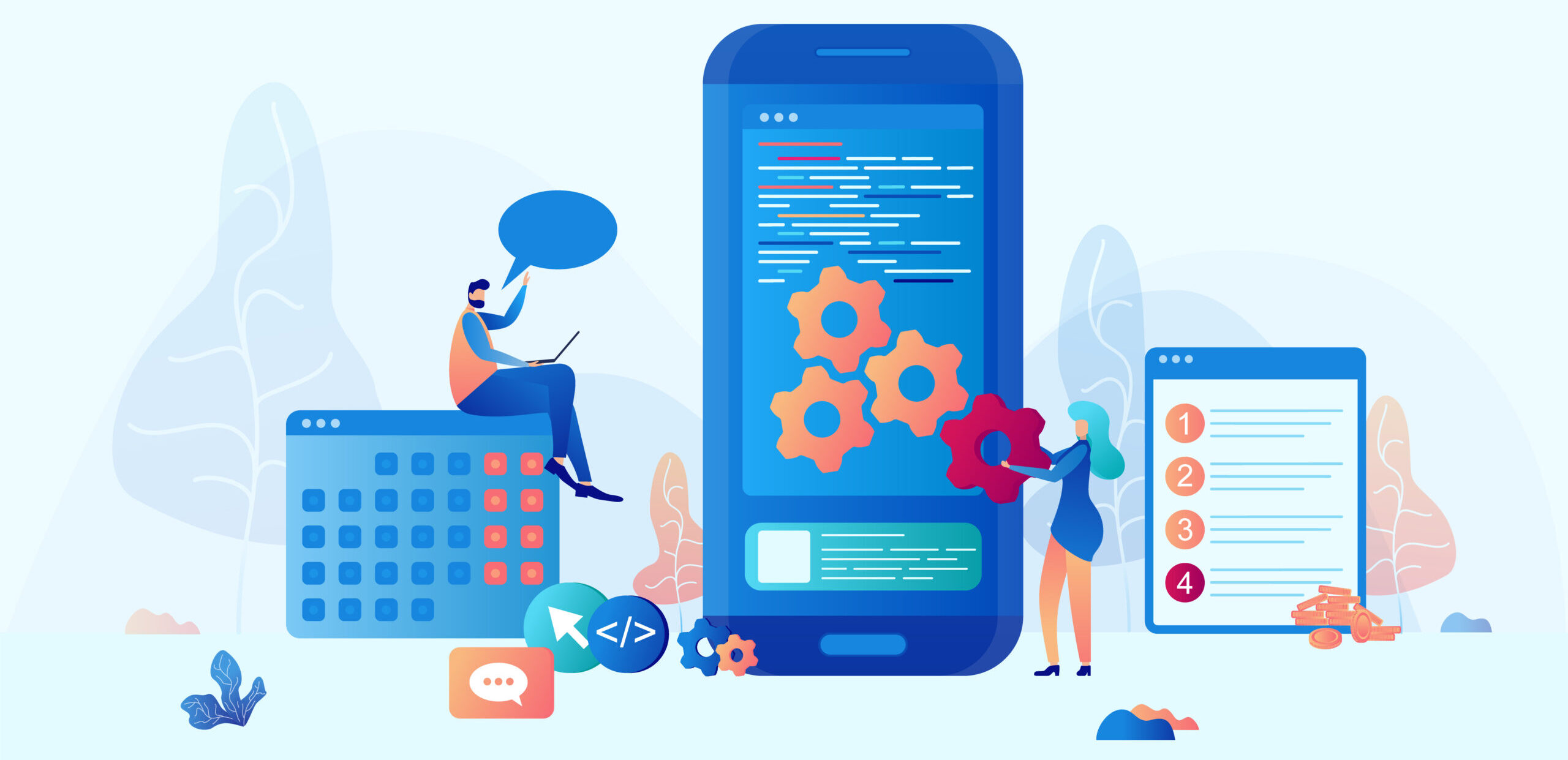How to Cut Down the Android Mobile App Development Cost
- 1 Planning Phase
- 1.1 Define Project Scope and Requirements
- 1.2 Prioritize Essential Features
- 1.3 Set a Realistic Budget
- 2 Choose the Right Development Approach
- 2.1 Native vs. Cross-Platform Development
- 2.2 Evaluate the Pros and Cons
- 2.3 Explore Cross-Platform Development Options
- 2.4 Make Informed Decisions
- 3 Agile Development Methodology
- 4 The Benefits of Agile Development
- 5 Performance Optimization
- 5.1 Compress and Minimize Assets
- 5.2 Implement Caching Strategies
- 5.3 Utilize Lazy Loading
- 5.4 Optimization for Low-End Devices
- 6 Conclusion
Cost management is vital in developing successful Android applications in this fast-paced mobile app development industry. Whether you are a professional developer or an ambitious new entrepreneur hoping to create the world’s first breakthrough app, knowing how to save on Android mobile app development costs is critical. This guide offers practical and valuable tips that will enable you to develop Android apps without straining your pocket. The road of building an Android app is itself fun, but it becomes drudgery without money.
Inefficient spending or mismanagement may result in delays and overshadow the positive results of your project. With a proactive cost reduction approach, you can simplify your development process without compromising quality. We’ll go through actionable steps such as strategic planning, proper resource allocation, and utilizing efficient development methodologies that would help keep your Android app project costs to a minimum.
Whether you’re a solo developer or overseeing a development team at an enterprise-level Android application development company, the ideas covered in this article are designed to allow cost savings without losing integrity.
Now, let us look at the exciting world of Android app development and learn about realistic strategies for cutting costs without sacrificing creativity or utility.
Planning Phase
Planning is the very essence of successful Android mobile app development projects. It is the phase where you establish a ground for your whole journey, creating an outline that will lead the way in ultimately launching a successful app and controlling its price.
Define Project Scope and Requirements
First, you need to do detailed market research to know the needs and wants of your target audience.
This step is essential to defining the specifications and nature of your Android application. Find other similar apps on the market, research users’ reviews, and determine what unique value your app will provide.
Then, clearly define the attributes and functionality of your app in detail to ensure you have a clear picture of what the finished product should be.
By establishing the project’s scope before starting, you are building a blueprint as a reference point throughout development. Such clarity prevents scope creep, where additional features are added during development, increasing costs and delays.
Prioritize Essential Features
Not all features are equal. Identify the most crucial functionalities that fit your application goal.
Specify the essential features that will differentiate your app from competitors. This makes the development process more concentrated and systematic and helps in cost optimization due to no unwanted complications.
For example, consider the Minimum Viable Product (MVP) method aimed at delivering a core version of your app to users that delivers value.
This enables smoother time-to-market and provides user feedback before the product is fully developed to inform future feature enhancements.
Set a Realistic Budget
Knowing your budget limitations is crucial for successful cost management. Analyze the financial support for your project and use it intelligently.
Take not only the costs of development but also elements such as promotion, maintenance, and possible further updates after release. The budget should be realistic and based on the scope of work and objectives.
If you break down your budget into various categories, for instance, development, marketing, and contingency, then it will help in understanding where their financial resources are geared towards.
This granular approach lets you make intelligent choices and be prepared to change priorities if something goes wrong during development.
Choose the Right Development Approach

The choice of development approach is an important decision that affects both cost and productivity in your Android mobile app project.
In this stage, you’ll need to evaluate various development approaches and select the one that fits your objectives and budget.
Native vs. Cross-Platform Development
One of the core decisions involved in the process is to decide whether native or cross-platform development should be adopted. Native development refers to native app building for the Android platform, which uses languages such as Java or Kotlin.
On the other hand, cross-platform development enables you to create a platform that works in various systems with one codebase. Widespread frameworks such as React Native and Flutter support cross-platform development.
Evaluate the Pros and Cons
Consider the unique strengths and weaknesses of each approach.
Native development can improve performance and utilize platform-specific features but may take more time and money.
While cross-platform development is marked by code reuse across platforms, there can be specific problems with the performance or access to particular device functions.
Explore Cross-Platform Development Options
If you choose cross-platform development, look at the framework collection to determine which is ideal for your project.
Two well-adopted frameworks are React Native by Facebook and Flutter from Google. They simplify the development by allowing you to code only once and deploy on Android and iOS operating platforms.
This will save time and help lower the costs of supporting independent codebases for each platform.
Make Informed Decisions
It is essential to select native or cross-platform development according to your project needs regarding time and resources.
Carefully weigh the trade-offs and make informed decisions based on your team’s expertise and your app’s specific needs.
Agile Development Methodology
The Agile development methodology is the secret sauce of making your Android mobile app development process more flexible, efficient, and cost-effective.
Instead of developing from beginning to end according to a fixed plan, Agile enables you to have enormous adaptability and change response.
Let’s get into the benefits of using Agile practices in your project.
Overview of Agile Methodology
Agile involves maximizing customer value in the quickest time possible and facing change even in implementation.
Unlike trying to foresee every project event, Agile breaks down the development process into short, manageable sprint cycles.
Each sprint implies delivering specific features and improvements, allowing continuous adjustments according to the received feedback.
The Benefits of Agile Development

Here are some benefits of the agile methodology that can help you cut down on the Android mobile app development cost:
Flexibility and Adaptability
Agile embraces change. With Agile, if some new feature request or a shift in priorities occurs, your team can change their approach without messing up the whole situation. This adaptability is especially critical in the dynamic mobile app development environment.
Continuous Feedback Loops
In Agile, you don’t wait for the end of the project to hear how things are working. Regular sprint reviews and customer feedback loops help keep you on track.
This early and ongoing feedback helps catch issues initially, eliminating expensive revisions toward the end of idea development.
Time-to-Market Efficiency
Agile encourages frequent functional increments. This means that you can quickly release a minimum viable product into users’ hands.
Releasing earlier satisfies market demand and creates value and future revenues earlier from the development life cycle.
Getting the best deal with all the properties mentioned above in your Android application is possible if you hire the right development agency.
You can hire a mobile app development company in Chicago if you want a full-fledged onsite team of developers. However, you can also partner with a remote team if you broaden your options.
Performance Optimization
The optimization of the performance is your ‘secret weapon’ that deploys to ensure the smooth and efficient running of an Android app.
This is not just about speeding things up; it’s all about achieving more with what you have while reducing the strain on your resources.
Here are some practical tips that will help you improve your app’s performance without overspending.
Compress and Minimize Assets
Big files increase your app’s loading speed. Compression of images, videos, and other assets helps reduce size without affecting the quality.
This enhances user-friendliness and reduces bandwidth and storage space, reducing overall development costs.
Use tools and practices like image compression libraries or minifying CSS/JS to keep your app’s assets smooth.
Implement Caching Strategies
Caching can dramatically increase your app performance by storing data it frequently uses on the device.
Rather than repeatedly getting data from the server, an app could store it in its cache for quick sequential access.
This lightens the server load, increases response time, and minimizes data usage.
Establishing proper caching techniques, such as using in-memory cache or local storage, can enhance the speed and costliness of an app.
Utilize Lazy Loading
Lazy loading is waiting to load resources until they are called upon. For instance, images below the fold in a scrolling list can be loaded as they come into view.
This can result in your app starting up slower and needing more memory resources than necessary.
This method reduces first-load times and only uses resources when needed, thus lowering the overall cost of development.
Optimization for Low-End Devices
Consider the diversity of Android devices in terms of processing power and memory.
Optimize your app to run smoothly on low-end devices by testing and fine-tuning its performance on various devices.
This ensures a broader user reach and prevents potential negative reviews or uninstalls from users with less powerful smartphones.
Conclusion
Mastering the craft of cost-effective Android app development is about effective planning, innovative decision-making, optimization, and more. You can build an app without breaking the bank by defining a clear scope, selecting the appropriate development approach, adopting Agile methodologies, improving performance efficiency, and other effective tactics. Remember that it is about saving money and generating value by innovating and improving your development process with lean effectiveness.
Equipped with these insights, do not hesitate to build your Android app cost-efficiently while maintaining the right balance between efficiency, quality, and budget limit.

















